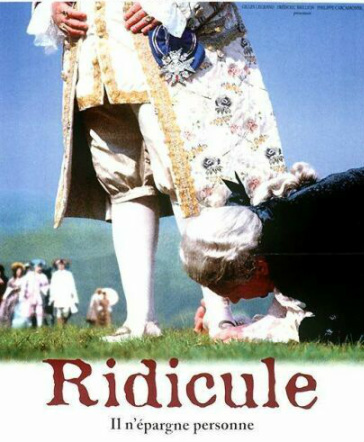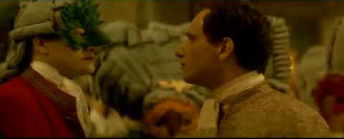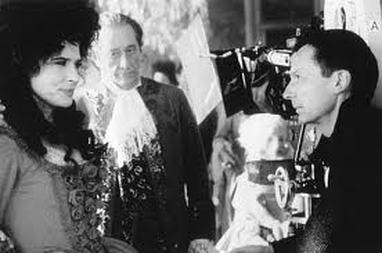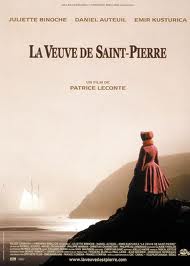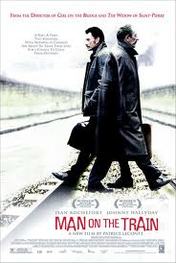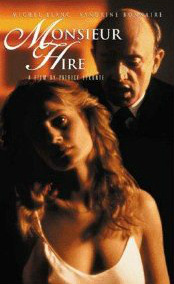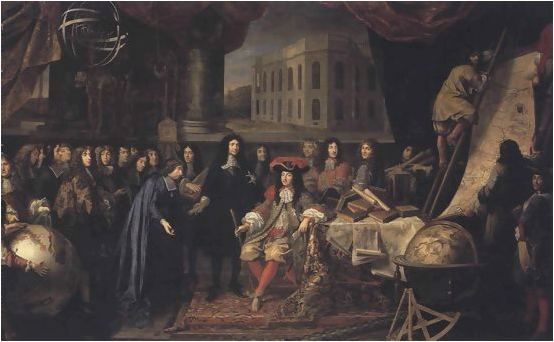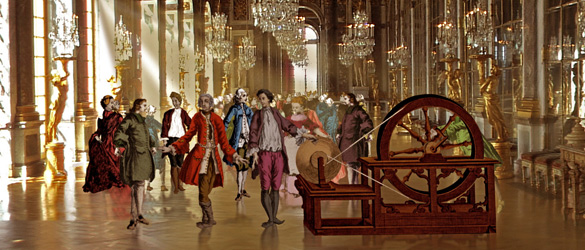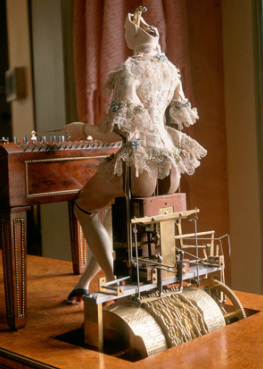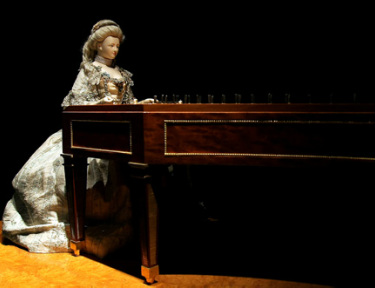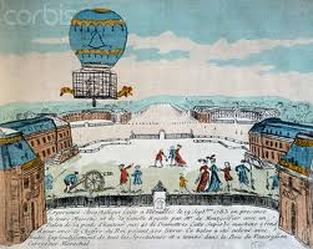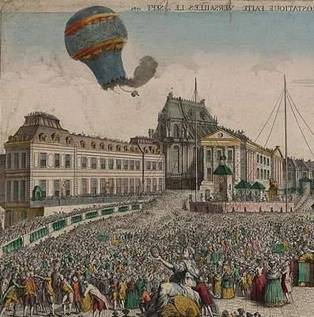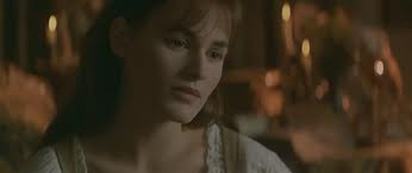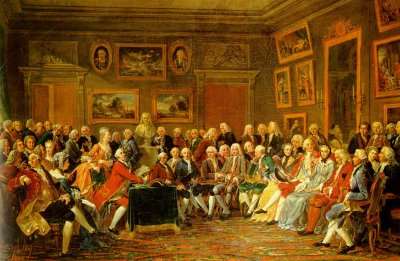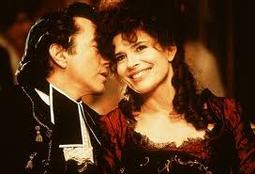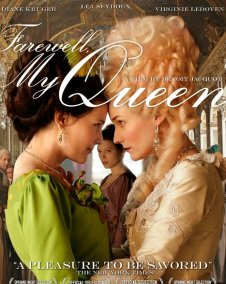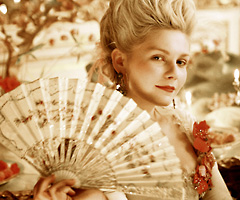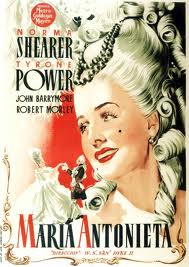Ridicule (1996) Dir: Patrice Leconte
Leconte: Master of Many Film Genres
Louis XVI and the Scientific / Intellectual Revolution
Louis XVI was indecisive, lacked political astuteness, and was deficient to having sufficient nerve and will to overcome the inertia and corruption that were rapidly eroding the authority of his government.. But he was not a stupid man. The pivotal plot point of Ridicule - its hero, the provincial engineer nobleman Ponceludon, goes to Versailles because he knows the King is interested in practical science - is historically accurate. So too is the movie's depiction of the two main female characters, Mathilde de Bellegarde, an intelligent young woman with a deep interest in experimental science (and whom Ponceludon gradually comes to love), and Madame de Blayac, recently widowed, experienced in the intriguies of court politics. Women did play a crucial role in the internecine politics of the court, and some were prominent in French scientific and intellectual circles. Indeed, science and philosophy ocupied a central place in 18th century French cultural life, a key feature of the intellectual revolution now known as the Enlightenment, and many aristocrats participated in this movement. Ridicule is one of the few movies to acknowledge this situation.
Marie Antoinette's android / automaton
Two sequences from Ridicule (warning: both contain spoilers & have no English subtitles)
|
|
|
Louis XVI and the birth of aeronautics
On 19 September, 1783, one of the most significant -and public - of all scientific experiments occurred at Versailles in front of the King and the royal family. The Montgolfier brothers had been invited by the Royal Academy of Sciences to demonstrate their invention of a flying balloon. At eleven minutes past one on the forecourt at Versailles, a balloon carrying a wicker basket containing a duck, a rooster and a sheep lifted off, rose to about 500 meters and flew for almost ten minutes, landing 3.5 kilometres away with its live cargo intact. History's first aeronauts were rewarded by being given homes in the royal menagerie.On 21 November the Mongolfiers repeated the experiment in front of the Dauphin at a nearby chateau.This time it carried a human cargo - PIlatre de Rozier, who became the first human to fly.
The use of Versailles and the presence of the royal family for the September experiment, and the Dauphin's presence in November, shows the important part that the palace and the royal family played as sponsors / supporters of eighteenth century science.
The use of Versailles and the presence of the royal family for the September experiment, and the Dauphin's presence in November, shows the important part that the palace and the royal family played as sponsors / supporters of eighteenth century science.
Women's role in late-18th century France: Ridicule's perspective
The two female antagonists of Ridicule both defy the conventional image of 18th Century women as passive,apolitical and unintellectual. Madame de Blayac (Fanny Ardant) is shallow, but rich, beautiful, witty, and recently widowed. She is an astute player in the amoral competitions for status, power and wealth at Versailles, both using and being used by her lover the Abbé de Villecourt. She gradually comes to respect Ponceludon's integrity and humanitarianism, yet is jealous of his attachment to Mathilde de Bellegarde, daughter of a physician who is a minor noble and who assists Ponceludon in his campaign to gain the King's sponsorship. Mathilde is fascinated by science; her latest experiment involves inventing a diving suit to obtain samples from ponds. The film presents her as scornful of the restrictions and hypocrisies that women face and determined to subvert them.
Again, Ridicule is historically accurate. During the 18th Century women did play an increasing role in science, although they remained largely excluded from universities and the professions. The wife of the famed French scientist Antoine Lavoisier worked with him in his experiments, wrote them up and drew illustrations for his publications. England's Caroline Herschel published her discovery of new comets in the very year that the French revolution began. Three years earlier In Russia, Yeketerina Dashkova was appointed as director of the Russian Imperial Academy of Sciences in 1783. And in the French courts women had always played an influential role in influencing the policies and appointments of their lovers, husbands and male offspring.
Again, Ridicule is historically accurate. During the 18th Century women did play an increasing role in science, although they remained largely excluded from universities and the professions. The wife of the famed French scientist Antoine Lavoisier worked with him in his experiments, wrote them up and drew illustrations for his publications. England's Caroline Herschel published her discovery of new comets in the very year that the French revolution began. Three years earlier In Russia, Yeketerina Dashkova was appointed as director of the Russian Imperial Academy of Sciences in 1783. And in the French courts women had always played an influential role in influencing the policies and appointments of their lovers, husbands and male offspring.
